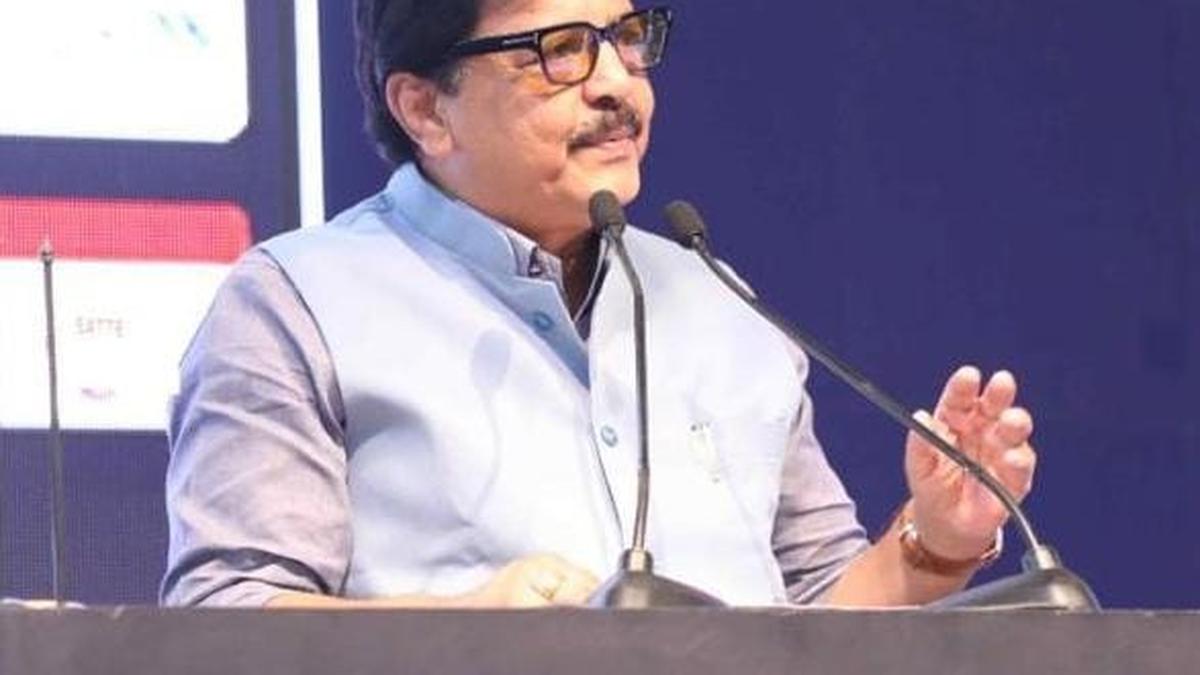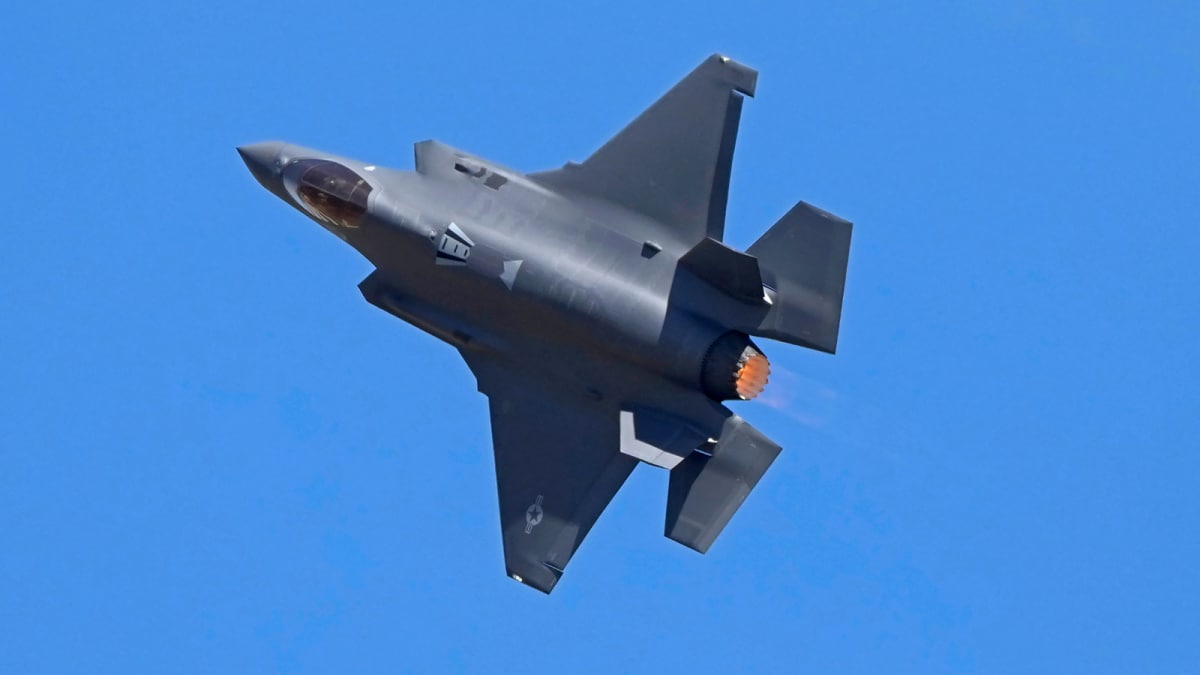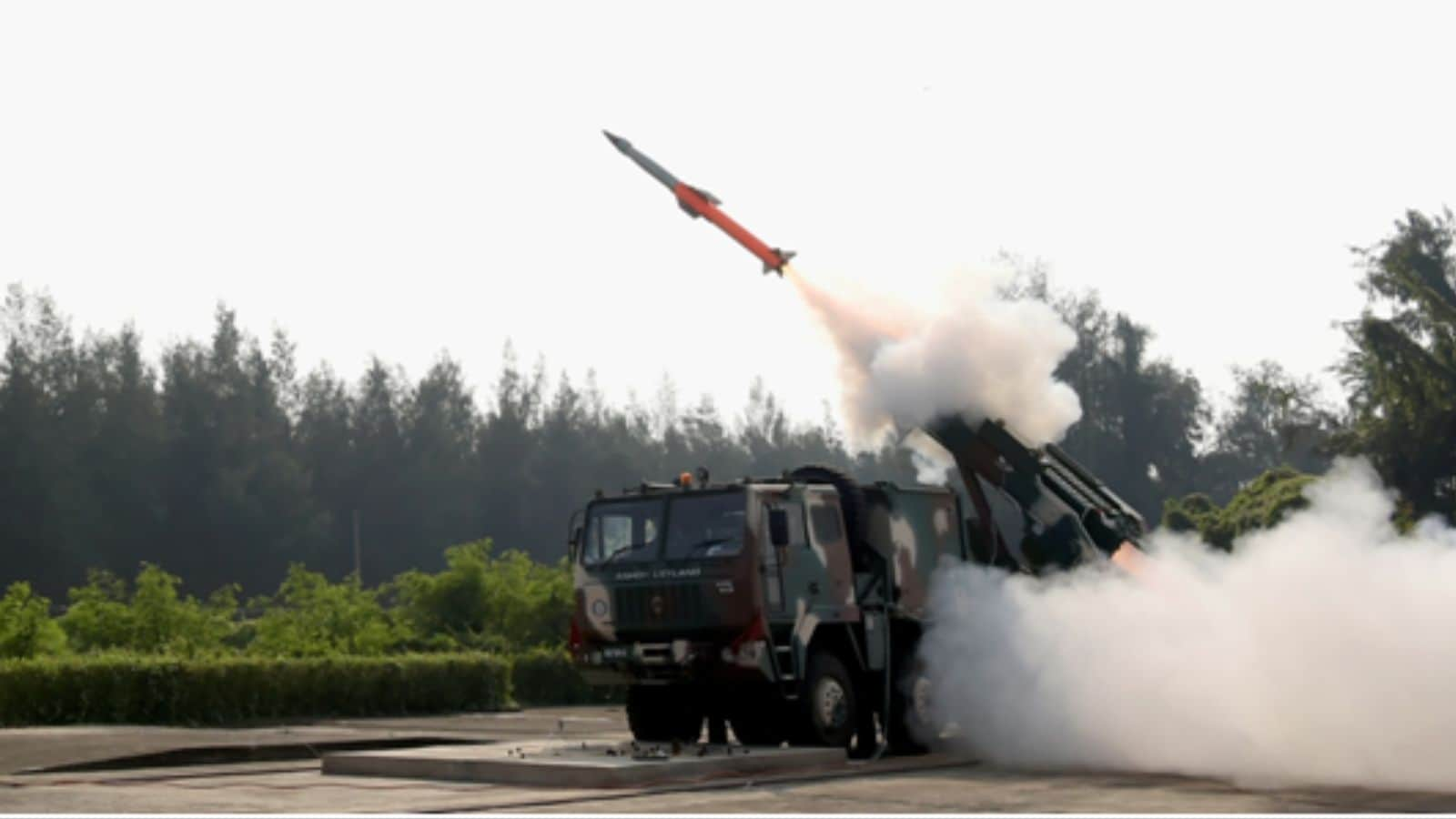ARTICLE AD BOX
The discovery of cannonballs during an excavation process in Goa in March this year has shed more light on a Portuguese-era arsenal, where coins were minted and warships built, a report submitted by the Archaeological Survey of India (ASI) to the state’s Tourism Department shows.
The report, submitted in June, says the “arsenal” also consisted of a gun foundry, a naval dockyard, and an elephant stable. “European weaponry and naval equipment were either stored or manufactured on the site,” the report says.
In March 2025, the ASI Goa circle directed the state’s tourism department to halt the excavation work for a project in Old Goa, to allow “proper documentation” after some cannonballs were discovered at a site.
 Pottery sherds excavated at the site. (ASI Goa circle)
Pottery sherds excavated at the site. (ASI Goa circle)
As per the report, the Goa Tourism Development Corporation (GTDC) had secured a central government grant to upgrade and provide visitor amenities at the Basilica of Bom Jesus. The work was going on west of the church complex to develop a Heritage Interpretation Centre and a parking lot.
On March 22, the ASI Goa Circle spotted some cannonballs, following which the GTDC was instructed to stop the work and demarcate the exact location.
Citing authors and historians of Portuguese maritime and colonial history, the report concludes that the area of discovery of cannonballs on March 22 is “analogous with the location of arsenal” identified in the historical accounts over the years.
“This arsenal area lies within the city walls of Old Goa, which was the… capital of Portuguese Estado da India (State of India),” the report says.
Story continues below this ad
It says the area bears “significant archaeological potential, which has also been testified by the spade work carried out” from April 7, 2025, to May 14, 2025. “The archaeological profile of this area is marked by the presence of cannonballs of various sizes, weights, materials, in addition to… various kinds of pottery and porcelain sherds of distinct ceramic traditions,” the report adds.
As per the ASI report, General Afonso de Albuquerque, who led the Portuguese conquest of Goa in the early 16th Century, initiated the complex’s development and “its grandeur was documented by European travellers”.
“Sources suggest that the arsenal may have predated Portuguese conquest and existed during the Adil Shahi period, implying it was a prominent edifice even before Albuquerque’s arrival… When Albuquerque entered Goa, he found at the dock 40 large ships, 26 brigs, numerous fustas, and other materials related to warfare,” the report says.
The arsenal was subsequently restructured. “By 1540, about 700 workers were employed and the arsenal reached its zenith by the late 16th century,” it said. The report said that French navigator Francois Pyrard de Laval, during his 1608 visit, described it as “well-fortified and equipped with stone-built rooms for artisans to reduce fire hazards.”
Story continues below this ad
A major fire broke out on June 9, 1753, damaging part of the arsenal. “It was renovated and expanded in 1773. However, with the decline of Portuguese influence, the arsenal lost its importance and was closed in 1856,” the report adds.
A tour guide, who has been conducting heritage tours in Old Goa for the past three decades, said, “The arsenal was supposedly a walled enclosure within a walled city. Considering the importance of the gun foundry and mint, it was strictly guarded by the Portuguese, and only authorised personnel working at the site were allowed to enter. The naval dockyard was adjacent to it. The mint is believed to have shifted later to Panaji. Many documents were destroyed in a major fire in Lisbon sometime in the 18th Century, so we do not have the exact blueprints of these edifices.”
“To launch an attack on enemy ships or armed troops, the Portuguese, at the time, used stone cannonballs since they splintered into bits upon impact and caused more damage, as opposed to metal cannonballs. Portuguese cannons were typically smaller in size and could be mounted on ships or land. The limitation was that their range was limited. Such cannons were supposedly built at the arsenal here,” he said.
In the book, The Portuguese in India [volume 1], British civil servant Frederick Charles Danvers wrote that when Albuquerque entered Goa in 1510, “accompanied by his captains, about 1,000 Portuguese and 200 Malabarese” and received the keys of the fortress from the Governor and principal Moors of the city, he found “a large quantity of artillery and stores, besides forty ships and sixteen fustas, quantities of merchandise, and some spacious stables containing 160 horses…”. The book, which the ASI has referred to, records that the arsenals at Goa at the time were “full of artillery, saddles and horse gear, weapons, and all kinds of munitions and material of war.”
Story continues below this ad
It also mentions that soon after the first conquest of Goa, Albuquerque established a mint and gave instructions for the coinage of gold, silver, and copper money… after it was “represented to him that the people of the city and the merchants were suffering from a great depression consequent on the want of currency.”
The ASI report added that “any future work in this area by an agency is likely to bring to light more such cultural vestiges.”
An ASI official, requesting anonymity, said, “(The spot) was an arsenal area, which has been historically documented. During trial trenching, we found several scattered cannonballs and sporadic brick structures.”



.png)
.png)
.png)

























 English (US) ·
English (US) ·